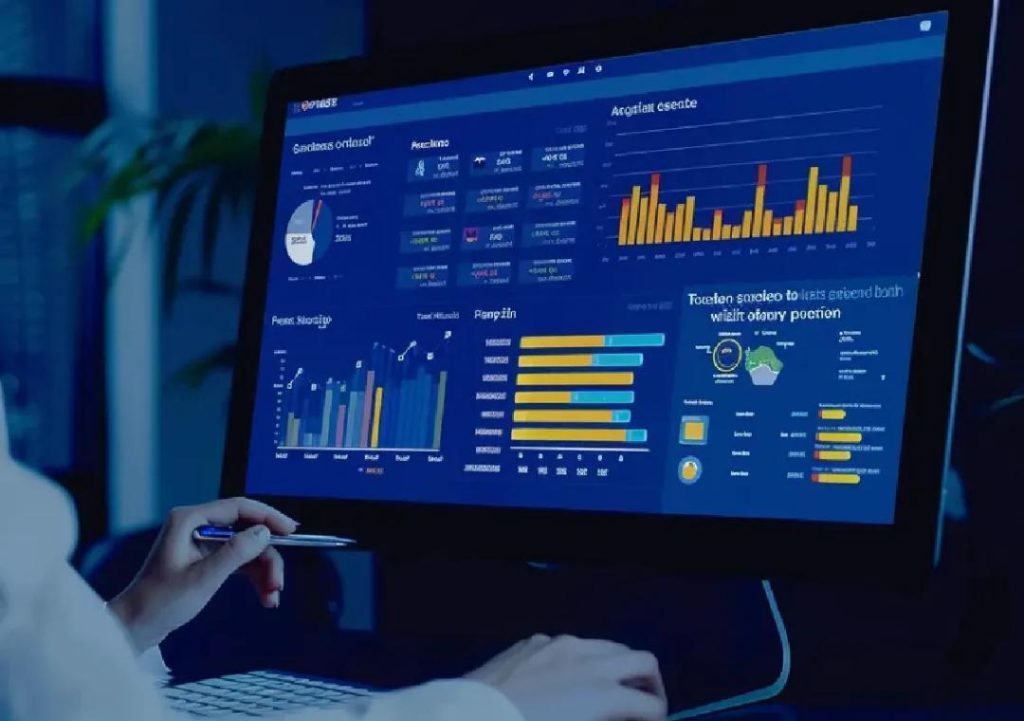
Can Automation Dashboards Cut Reporting Errors by 60%?
Gone are the days when businesses relied on manual data entry to manage their operations. With the rise of automation, companies can now leverage modern technology to streamline their reporting processes and minimize errors. In this article, we’ll explore how automation dashboards can cut reporting errors by up to 60% by directly pulling data from integrated sources, auto-refreshing metrics in real-time, flagging inconsistencies, and providing unified views.
The Current State of Reporting
Manually entering data into reports is a time-consuming and error-prone process. According to a study by Gartner, 20% of all business reporting is done manually, resulting in a significant amount of time wasted on data entry, data cleaning, and data consolidation. Moreover, manual reporting can lead to human errors, such as typos, misplaced data, and incorrect calculations, which can be detrimental to business decision-making.
The Impact of Reporting Errors
Reporting errors can have far-reaching consequences, including:
- Delayed decision-making: Inaccurate or incomplete data can lead to delayed or misinformed decisions, impacting business growth and competitiveness.
- Increased costs: Corrections to manual reports can be time-consuming and resource-intensive, adding to the overall cost of reporting.
- Loss of credibility: Repeated errors can erode stakeholder confidence in business leaders, impacting overall reputation and trust.
Automation Dashboards to the Rescue
Automation dashboards can revolutionize reporting by eliminating manual data entry, reducing errors, and providing real-time insights. Here are some key benefits of automation dashboards:
- Direct data source integration: Automation dashboards can connect with various sources, such as CRMs, finance tools, and marketing platforms, to directly pull data, reducing manual data entry.
- Auto-refreshing metrics: Automation dashboards can auto-refresh metrics in real-time, ensuring that data is up-to-date and accurate.
- Consistency checking: Automation dashboards can flag inconsistencies in data, alerting users to potential errors.
- Unified views: Automation dashboards can provide unified views of multiple data sources, making it easier to track key performance indicators (KPIs) and business outcomes.
Benefits of Automation Dashboards
By implementing automation dashboards, businesses can experience the following benefits:
- Reduced reporting errors: By eliminating manual data entry, automation dashboards can reduce reporting errors by up to 60%.
- Faster decision-making: With real-time data, businesses can make informed decisions, respond to changes in the market, and capitalize on opportunities.
- Increased productivity: Automation dashboards can reduce the time spent on data entry, data cleaning, and data consolidation, freeing up staff to focus on higher-value activities.
- Enhanced collaboration: Automation dashboards can provide a single, unified view of data, enabling better collaboration among teams and stakeholders.
Real-World Examples of Automation Dashboards
Several businesses have already adopted automation dashboards to streamline their reporting processes. For example, a marketing agency used automation dashboards to track customer engagement, website traffic, and social media metrics, reducing their reporting time by 80% and improving their customer insights by 30% (Source: HubSpot).
Another example is a finance company that implemented automation dashboards to track financial performance, including revenue, expenses, and profits. Their automation dashboard reduces their reporting time by 50% and provides them with accurate, up-to-date financial data (Source: FinancesOnline).
Conclusion
Automation dashboards can cut reporting errors by up to 60% by eliminating manual data entry, reducing human errors, and providing real-time insights. By integrating with multiple sources, auto-refreshing metrics, flagging inconsistencies, and providing unified views, automation dashboards can revolutionize the way businesses manage their operations. Whether you’re a small startup or a large enterprise, automation dashboards can help you make more informed decisions, reduce costs, and improve productivity.
Source:
https://www.growthjockey.com/blogs/automation-dashboards






